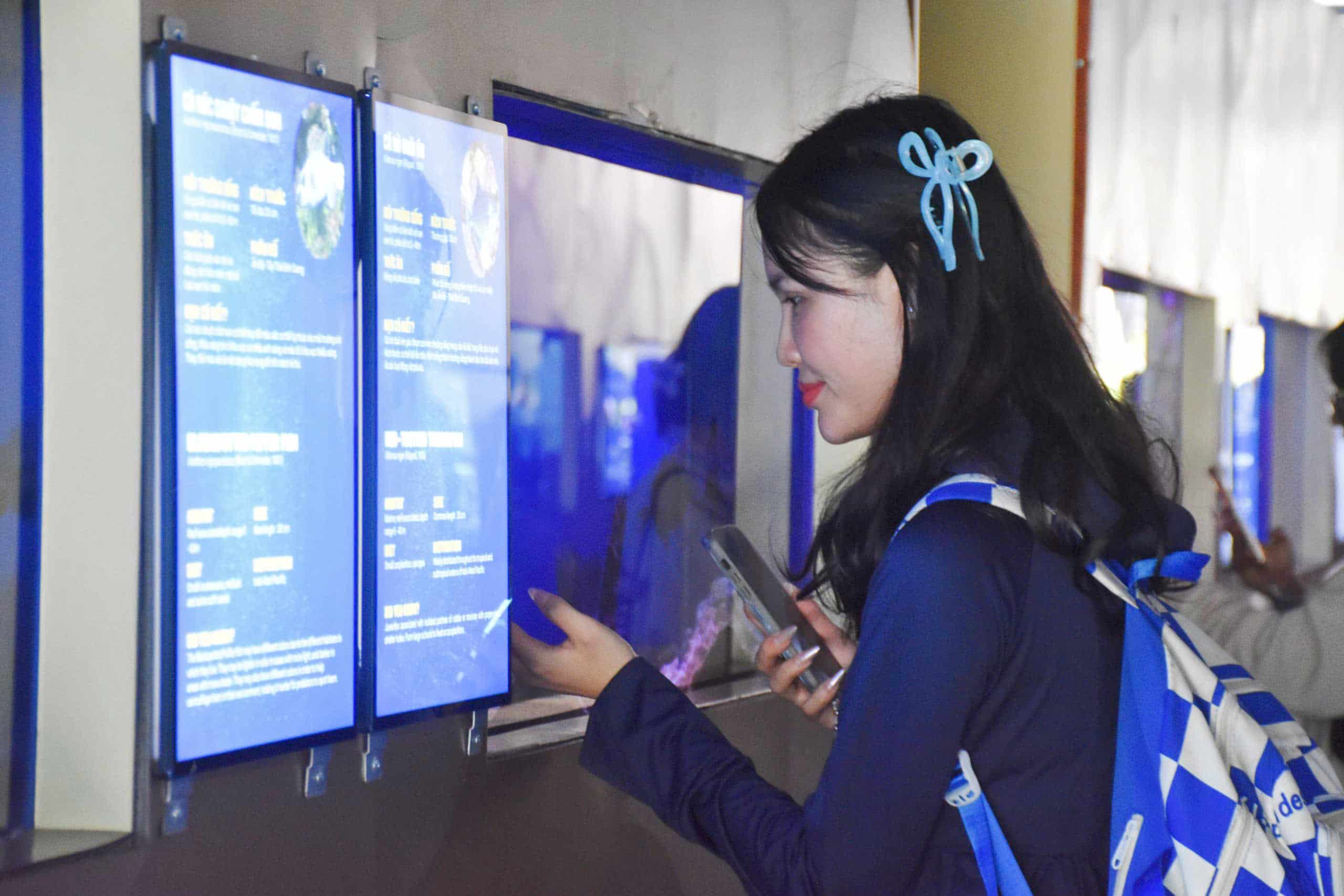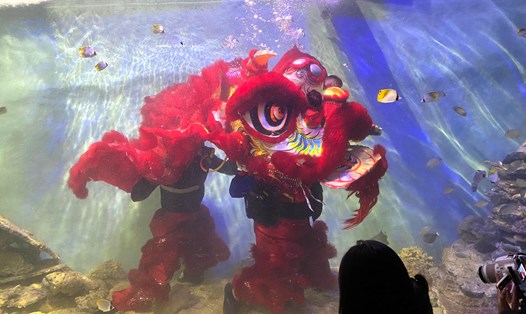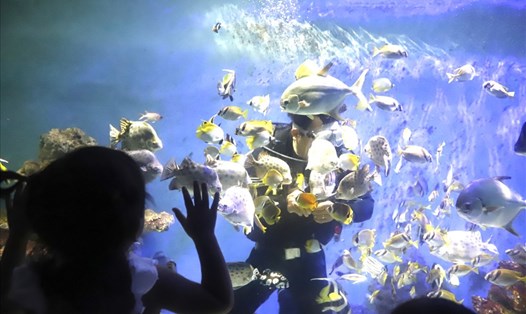The Oceanographic Museum, belonging to the Institute of Oceanography, Vietnam Academy of Science and Technology, is an interesting destination for tourists when coming to Nha Trang in particular and Khanh Hoa province in general.
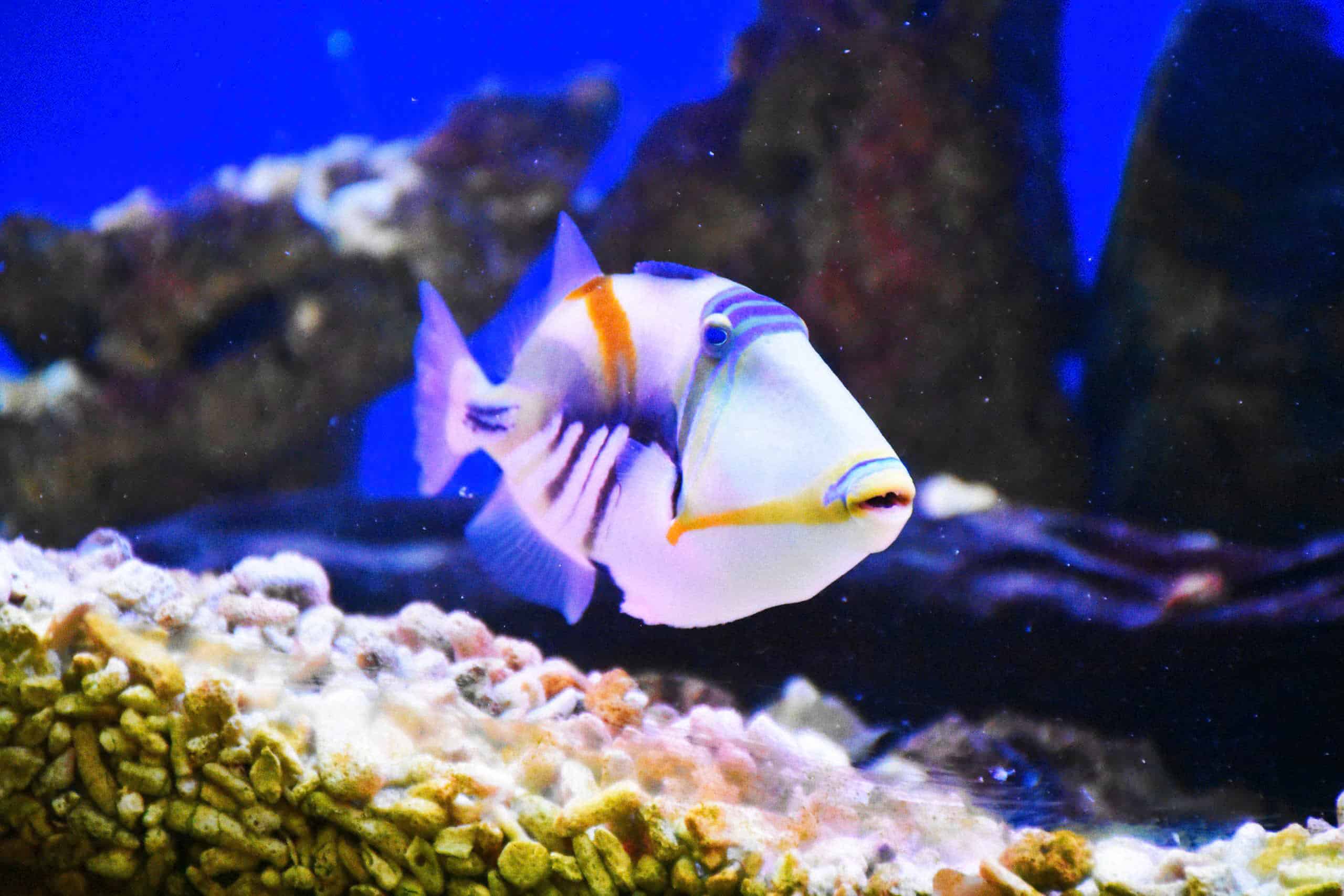
Unlike some traditional museums, this place contains countless interesting things about the vast ocean that few other places have.
Mr. Nguyen Vu Long - a tourist from Buon Ma Thuot City (Dak Lak) said that every time he comes to Nha Trang, he takes his two children to visit the Oceanographic Museum.
According to Mr. Vu Long, every time he comes here, his children feel like they are lost in the world of marine life in fairy tales.
"My two children were extremely excited to see shrimp and fish swimming and diving into the sea. Fish species that seem to only exist on TV or in books, such as sharks, stingrays, and emerald green lobsters, are all displayed in the miniature museum," said Mr. Vu Long.
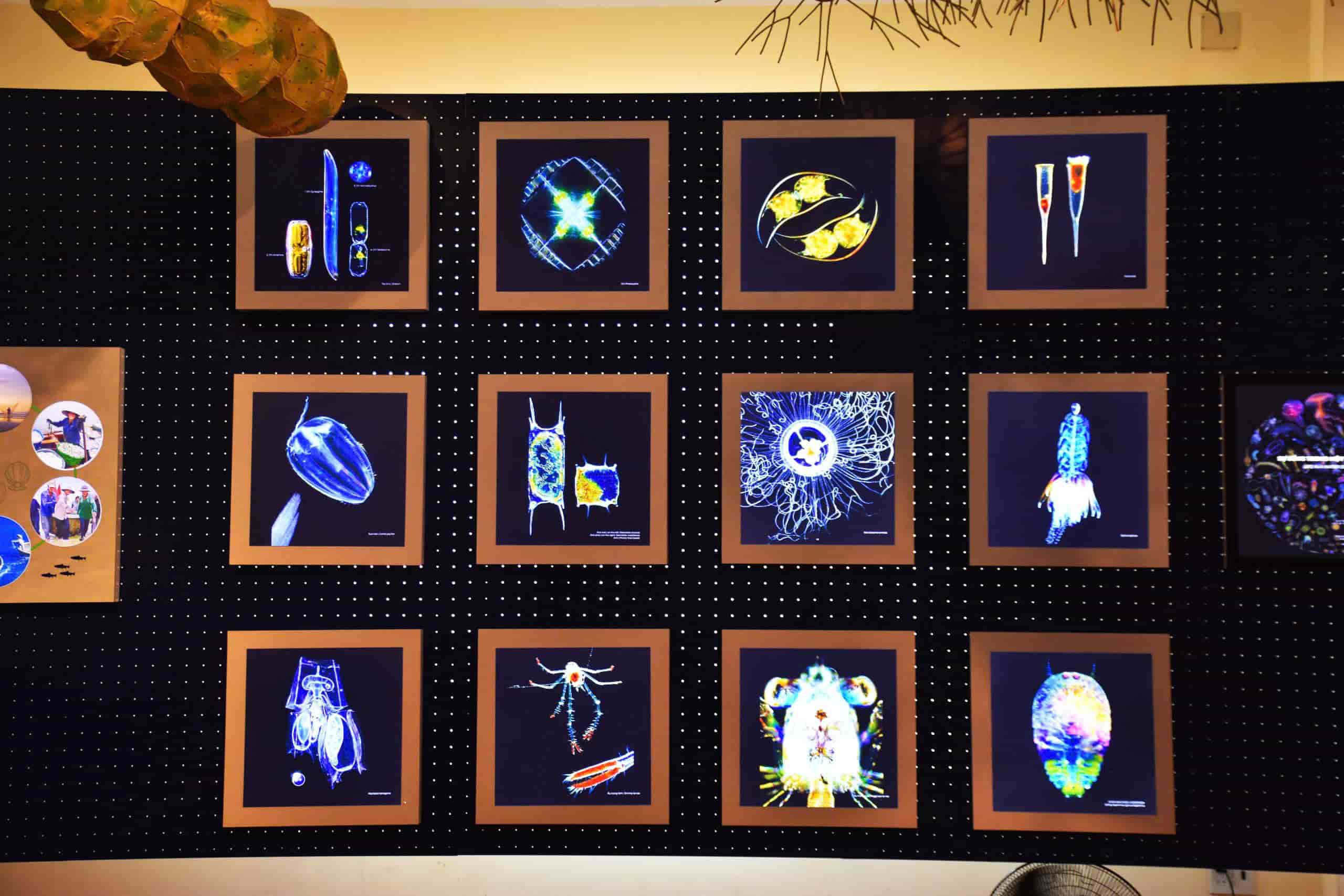
Dr. Truong Si Hai Trinh - Deputy Head of Information and Communication Department (Institute of Oceanography) said that the museum currently has about 26,000 specimens of nearly 6,000 marine species in Vietnam and neighboring waters.
Determined to always innovate to serve tourists, the Oceanographic Museum has introduced into the display system Vietnam's marine biodiversity with topics on mollusks, sea turtles, sea snakes, plankton, marine plants, marine mammals...
The topics are arranged scientifically and according to the distribution of sea water depth from the bottom to the surface. The display system uses optimal lighting for displaying creatures and is convenient for the public to visit.
One of the highlights for visitors to the Oceanographic Museum is the exhibition area about the East Sea with 18 ancient maps of historical value and elaborately restored.

According to Dr. Truong Si Hai Trinh, in addition to traditional activities, the Oceanographic Museum has promoted communication on social networks such as the museum's fanpage and website.
Instead of scientific information about the sea in general and marine life in particular which is academic and dry, the Museum has personified marine life in the museum to convey information in a scientific way that is still close and accessible to the public, especially the young.
Previously, education was only one-way from the tour guide to the students. Now, the Museum has introduced experiential education activities - a two-way interactive process between students and museum staff.
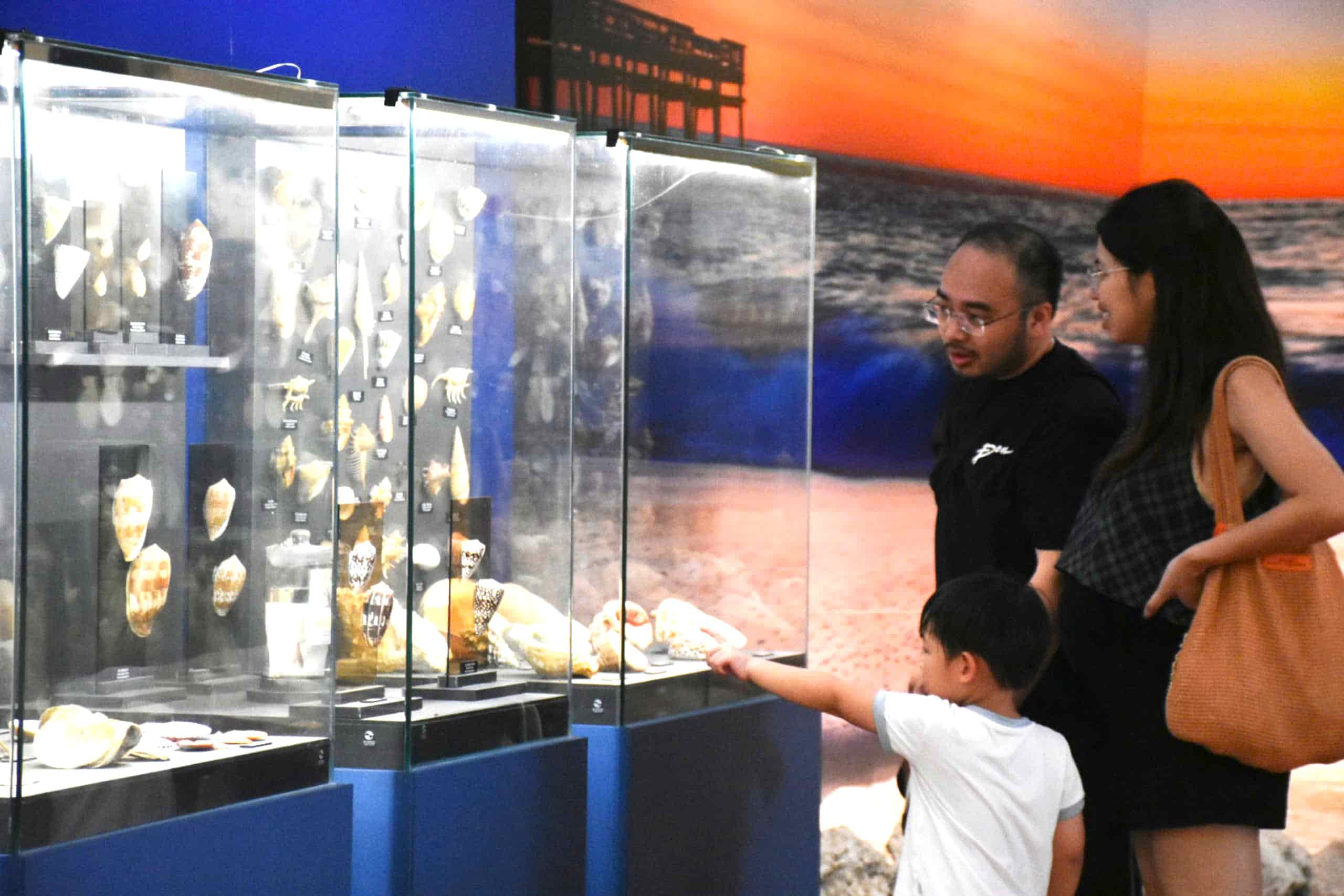
The program is built with new topics, diverse in form and experiential programs, helping young audiences connect theory and practice, and theory and scientific activity experiences.
Thanks to the change in the new and modern approach, the number of visitors to the Oceanographic Museum has increased steadily each year. For example, in 2022, the place welcomed 480,000 (students: 120,700), and by 2023, the number had increased to 670,400 (students: 156,400).
Since the beginning of the year, the museum has welcomed about 808,500 people (181,500 students).
